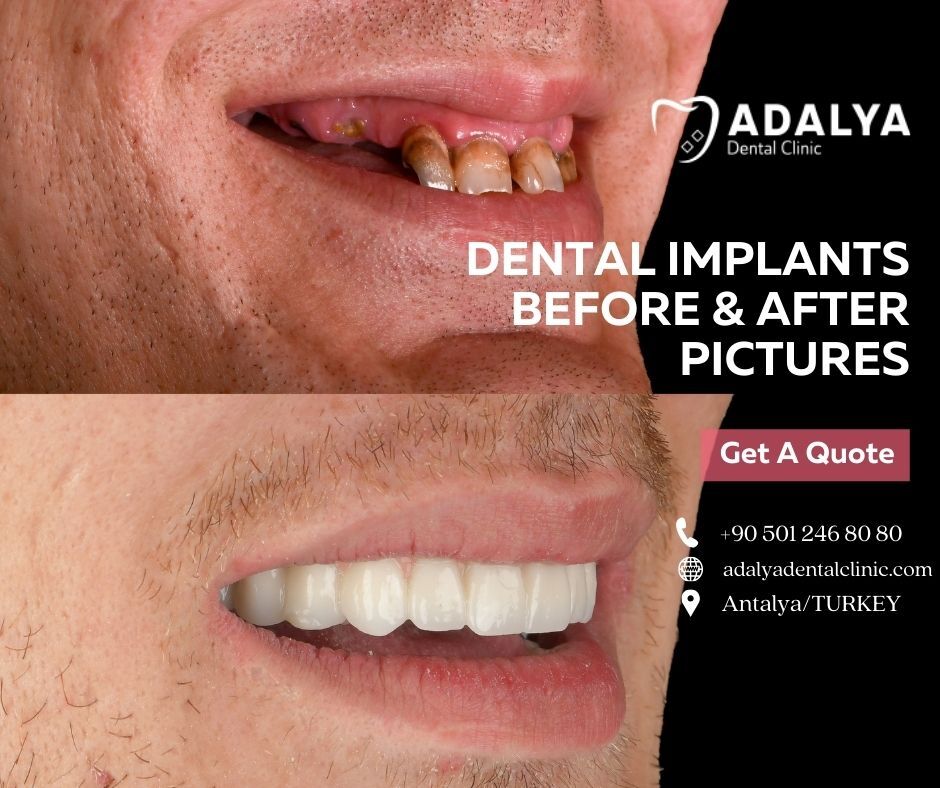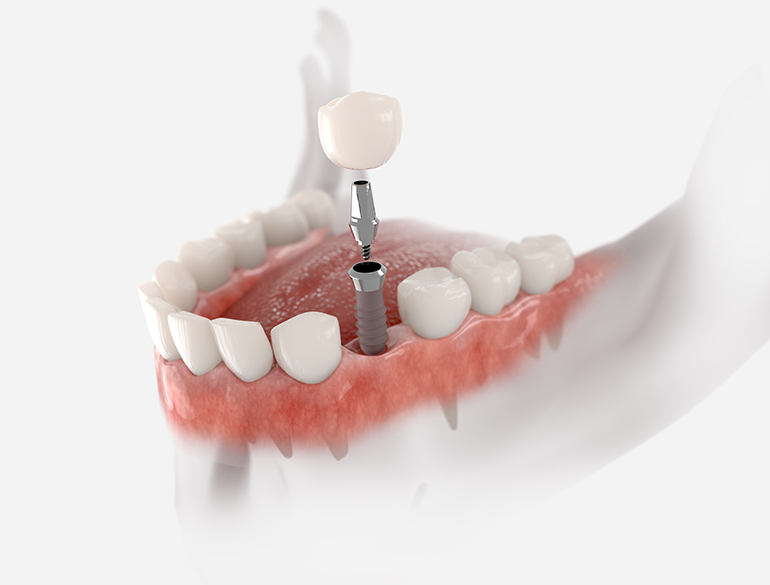The Single Strategy To Use For Dental Sense
The Single Strategy To Use For Dental Sense
Blog Article
Some Known Details About Dental Sense
Table of ContentsAbout Dental SenseAn Unbiased View of Dental SenseLittle Known Questions About Dental Sense.All about Dental Sense
are medical gadgets operatively dental implanted into the jaw to recover an individual's capability to chew or their appearance. They offer support for synthetic (fake) teeth, such as crowns, bridges, or dentures. When a tooth is shed as a result of injury or disease, a person can experience issues such as fast bone loss, faulty speech, or adjustments to chewing patterns that result in discomfort.Oral implant systems consist of a dental implant body and dental implant abutment and may additionally consist of an abutment fixation screw. Wisdom tooth cavity. The dental implant body is operatively placed in the jawbone instead of the tooth's root. The dental implant joint is typically affixed to the implant body by the abutment fixation screw and extends through gums right into the mouth to support the affixed artificial teeth
(https://trello.com/w/dentalsense11/members)Structure of The Dental Implant System choosing oral implants, talk to your oral provider about the potential benefits and dangers, and whether you are a prospect for the procedure. Points to think about: Your general health and wellness is an important aspect in establishing whether you are an excellent prospect for dental implants, for how long it will certainly require to heal, and the length of time the dental implant might remain in location.
Smoking might impact the healing procedure and reduce the long-term success of the dental implant. The healing process for the dental implant body may take numerous months or longer, throughout which time you generally have a temporary abutment instead of the tooth. the oral implant procedure: Carefully comply with the dental health guidelines provided to you by your oral copyright.
Facts About Dental Sense Revealed
Implant failure can result in the demand for an additional operation to deal with or change the dental implant system. Restores the capacity to eat Recovers aesthetic appearance Aids keep the jawbone from diminishing due to bone loss Preserves the wellness of the bordering bone and gum tissues Assists maintain nearby (nearby) teeth steady Enhances high quality of life Damage to surrounding all-natural teeth during dental implant placement Injury to the surrounding tissues during surgery, such as sinus opening Injury throughout surgery (for instance, fracture of bordering jawbone) Inadequate feature, such as really feeling like the teeth do not bite together typically An experience that the tooth hangs or twisting in position arising from a joint screw loosening Implant body failing (looseness of the dental implant body) due to systemic infection, which might be more probable in people with unchecked diabetes mellitus as a result of regional infection in bone and gums sustaining the implant body as a result of postponed healing, which might be more probable in individuals that smoke Problem cleansing the gums around the dental implant, causing poor oral health Unattended gum disease Post-surgical pins and needles due to nerve impingement or damages Always alert healthcare providers and imaging service technicians that you have dental implants before any kind of magnetic vibration imaging (MRI) or x-ray procedures.
FDA is not mindful of any kind of unfavorable events reported for MRI or x-ray procedures with dental implants. Dental implants systems are generally made of materials that follow international consensus criteria of the International Organization for Standardization (ISO) or ASTM International. These standards have information of what makes a secure product.

A dental implant is a framework that changes a missing tooth. With screw-like tools, the doctor inserts a dental implant into the jawbone, and it serves as a support for an artificial tooth, called a crown. A gadget called a joint links the fabricated tooth to the oral implant. The crown is personalized to fit the individual's mouth and match the color of their teeth.
The 2-Minute Rule for Dental Sense
Some individuals are not eligible for dental implant surgical procedure. It is for oral doctors to operate people with: intense illnessuncontrollable metabolic diseasebone or soft tissue disease or infectionIf these issues are settled, an individual can have the surgical treatment. In, oral surgeons avoid operating people with: If individuals with any of the above undertake oral implant surgical procedure, there is a greater danger of the implant falling short.

Oral dental implant surgery is a customized procedure. It's not the exact same for everyone. The adhering to offers a general review of what you can expect your dentist, oral cosmetic surgeon, periodontist or prosthodontist to do: Put the dental implant operatively. Offer you time to heal. Connect the blog post and final crown, bridge or denture.
Next, your doctor will carefully put the oral implant into your jaw. If your implant is near the front of your mouth, your dentist will make a short-lived tooth for you to wear up until you heal.
Little Known Questions About Dental Sense.
Your service provider can inform you what to anticipate in your circumstance. Throughout the healing stage, your jawbone must fuse to the oral implant. This process, called osseointegration, is essential for stability and lasting success. This you can try this out process can take anywhere from three to nine months. Sometimes, it may take longer.
When your implant heals, your dental professional can attach the joint (little port message) and your final reconstruction (crown, bridge or denture). This typically takes concerning one hour to finish and might need a 2nd minor surgical procedure. You shouldn't feel any discomfort during your dental implant procedure since your service provider will certainly make use of medicine to numb your gums.
Report this page